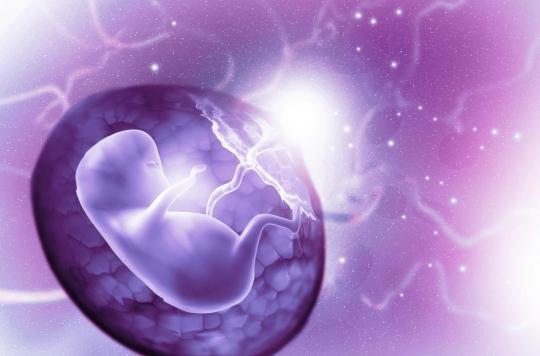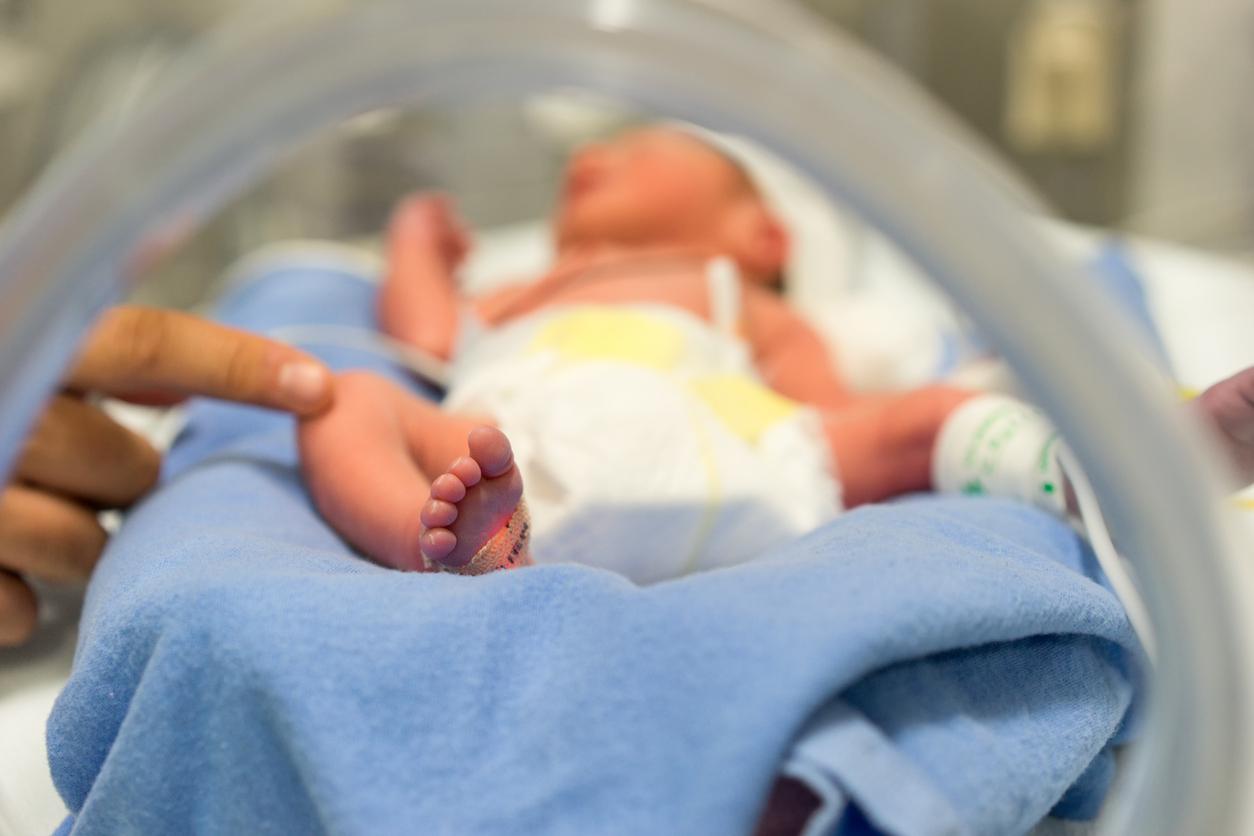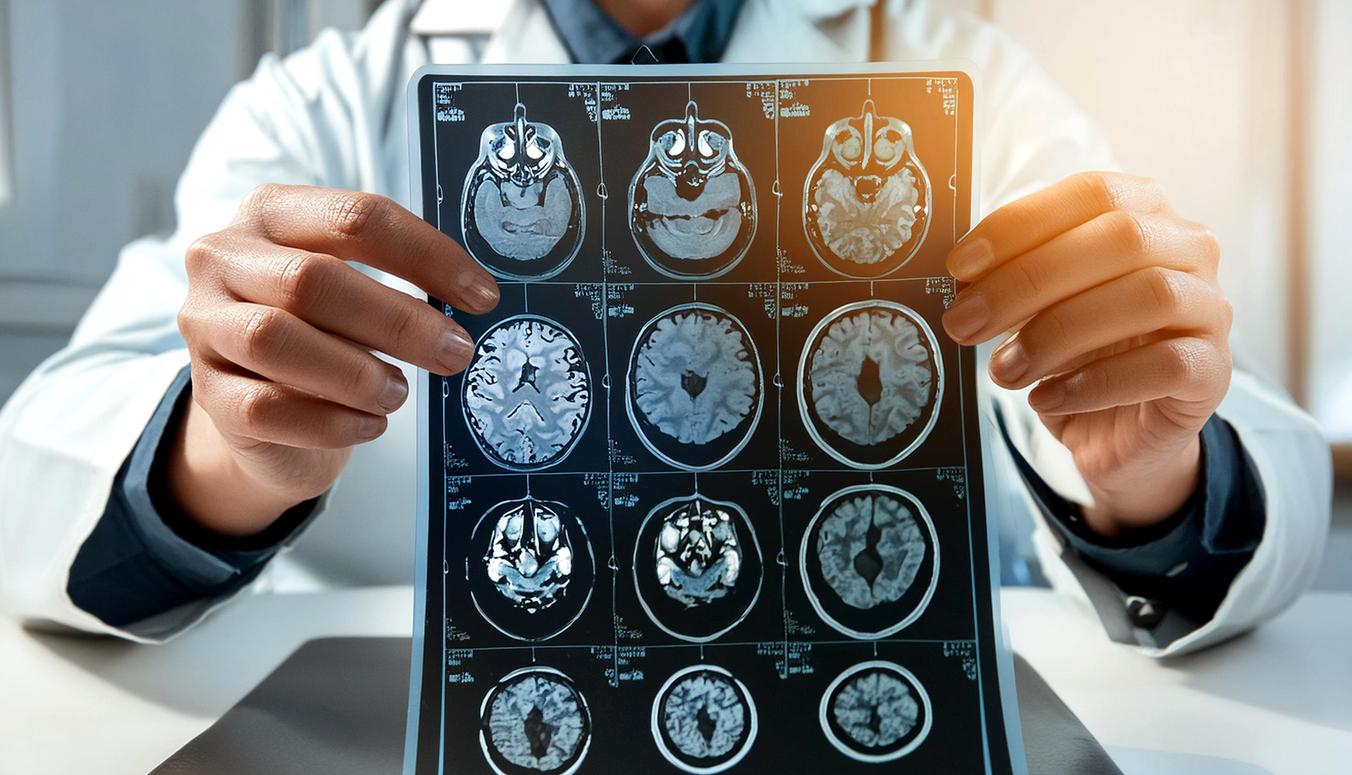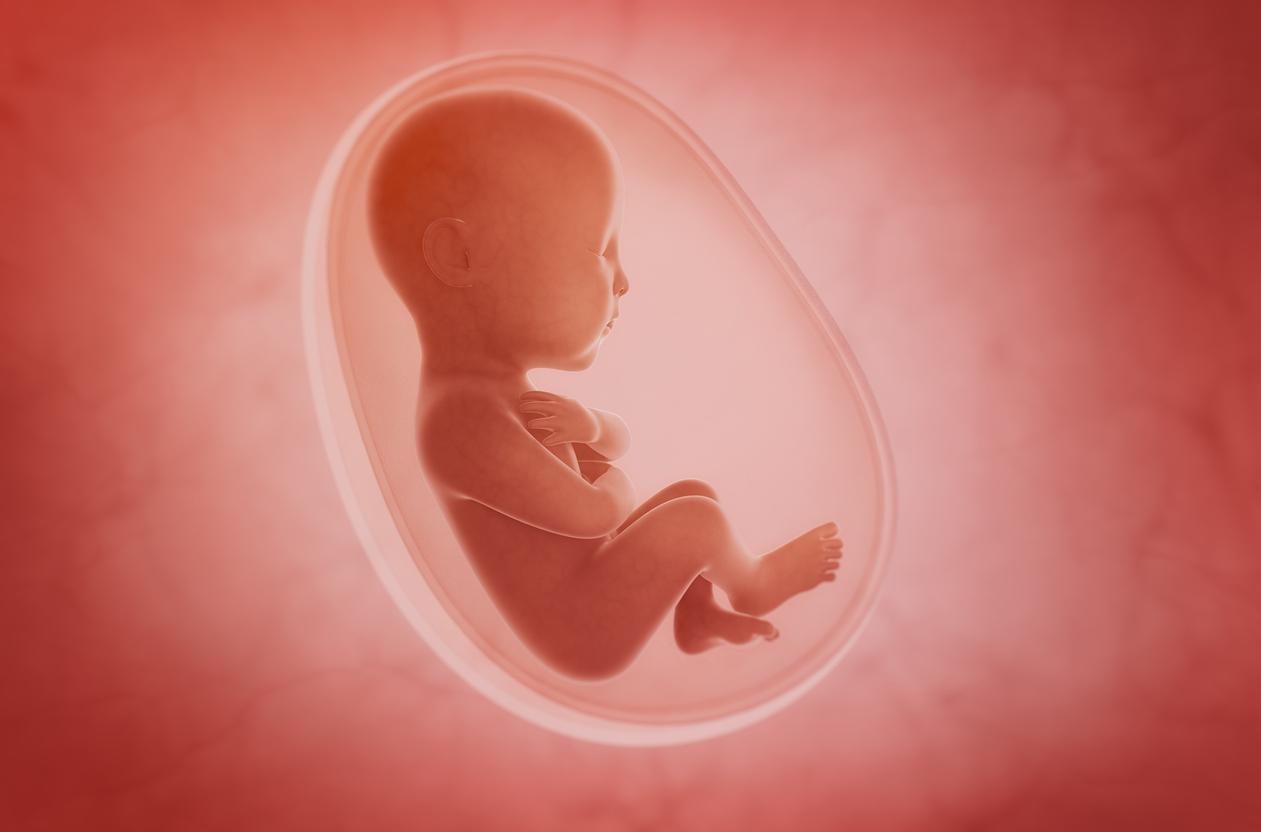Still authorized in France in cosmetics and drugs under the mention E171, titanium dioxide would cross the placental barrier and could reach the fetus, reveals a new study.

- French researchers have demonstrated the presence in the environment of the fetus of nanoparticles of titanium dioxide, known as E171.
- This means that E171, which has been banned in France in foodstuffs since January 1, 2020, can cross the placenta by being inhaled or absorbed through the skin.
A suspected human carcinogen, titanium dioxide (or TiO2), generally indicated under the referent E171, has long been used as a food additive in confectionery, pastries and ready meals for its coloring and opacifying properties.
Banned in France since 1er January in foodstuffs, the controversial additive is still present in cosmetics (including toothpaste), medicines (doliprane and spasfon in tablets, etc.), textiles and even construction, “in particular for its properties of absorption of ultraviolet rays and its white coloring character”, specifies ANSES. “More than 10,000 tonnes of titanium dioxide are produced and imported into France each year”, which makes it “one of the 4 most produced and imported nanomaterials in France”.
However, for several years, studies highlighting its harmfulness have multiplied. In question: its nanoparticles with a size of less than 100 nanometers which, once ingested, pass through the tissues and increase the risk of developing precancerous colorectal lesions.
New work, published on October 7 by French researchers in the journal Particle and Fiber Toxicologyshow that titanium dioxide nanoparticles can be dangerous during pregnancy by crossing the placenta and reaching the environment of the fetus.
Presence in amniotic fluid and stools of babies
According to Éric Houdeau, research director at the National Research Institute for Agriculture, Food and the Environment (INRAE) and coordinator of the study quoted by the RTBFthis study “shows for the first time that exposure in pregnant women exists and that there is a risk of passage” towards the fetus. However, he specifies, there is no evidence that the presence of nanoparticles does or does not pose a risk to the unborn child.
To reach this conclusion, the researchers sought, using electron microscopy techniques, to determine “the chemical nature and size of the elements” of TiO2 found in 22 placentas, as well as in 18 samples of meconium, the first stools of newborns.
The results thus showed the presence of nanoparticles in all the placentas and in 9 of the meconium samples.
To determine whether passage to the placenta was other than through food – by inhalation or absorption through the skin – they perfused seven placentas in the laboratory with a suspension of E171 for one hour.
They then found that the titanium dioxide nanoparticles had indeed crossed the placental barrier and were in the amniotic fluid. “This allows us to conclude that it is likely that the food additive can participate in the contamination. We must now implement experimental studies in animals, to see if this passage can be accompanied, possibly, by a toxic effect on fetal development”concludes Éric Houdeau.
.
















